The EmDrive propulsion system might be able to take us to the stars, but first it must be reconciled with the laws of physics.


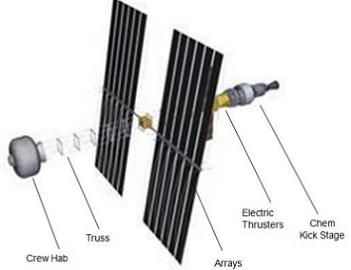
With a focus on building the archetypal missions for NASA’s new Space Launch System rocket, the U.S.-based Boeing Corporation has outlined their view of what technologies can be used to accomplish humankind’s goal of visiting crews to the Martian system – missions Boeing believes are possible through the combination of the SLS rocket’s lift capability, the bourgeoning Solar Electric Propulsion technology field, and Bigelow’s soon-to-be-tested inflatable habitat modules.
From the Earth-Moon system to Mars:
Continuing from their initial presentation on potential SLS rocket uses beyond the opening two circumlunar missions, the Boeing Corporation has presented their idea of how to execute a phased approach to deep space exploration – with an eye for the eventual goal of landing human beings on the surface of Mars.

Before astronauts ever venture to Mars, materials for a red planet habitat will undergo space testing. The inflatable Mars Ice Home, designed by Clouds Architecture Office (Clouds AO), Space Exploration Architecture (SEArch), and NASA’s Langley Research Center, could protect explorers from radiation in the extreme environment of Mars – and the materials that could comprise the dome will soon be assessed aboard the International Space Station (ISS).
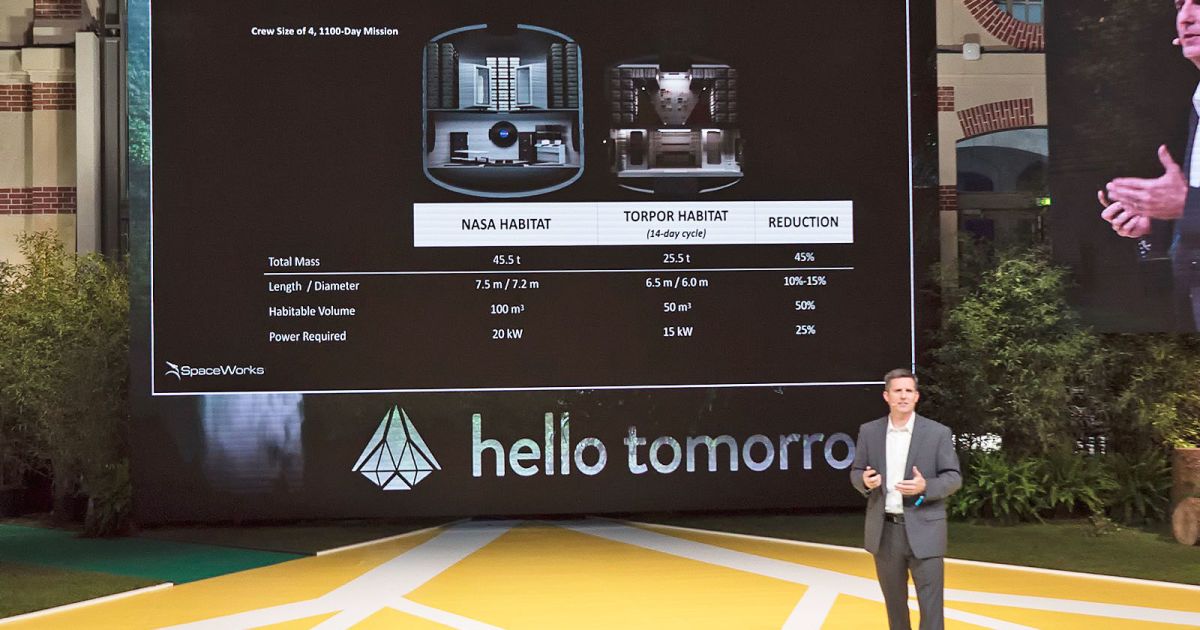
While NASA and SpaceX figure out how to get to Mars, they’re also thinking about how the 200-day journey and life on the red planet will affect humans. Astronauts will be dealing with nasty things like muscle atrophy and bone loss, intra-cranial pressure, psychological issues, lack of resources and long-term radiation exposure. NASA and its partners are working on things like “torpor,” a type of space hibernation, and protective Mars cave dwellings with a view. To learn more, Engadget spoke with NASA scientist Laura Kerber and Spaceworks COO John Bradford at the Hello Tomorrow symposium in Paris.
“There are a lot of challenges that are preventing us from even getting there in a healthy state,” said Bradford in a keynote speech at the event. As a human-space-exploration expert, he’s been working on a way to mitigate many of those problems by putting astronauts in a “torpor state” of prolonged hypothermia. It not only reduces the human problems but helps with technical and engineering challenges, too.
On the medical side, it addresses the so-called psycho-social challenges (you can’t get depressed if you’re asleep), reduces intra-cranial pressure, opens up new approaches like electrostimulation to reduce muscle atrophy and bone loss, and even helps minimize radiation exposure.
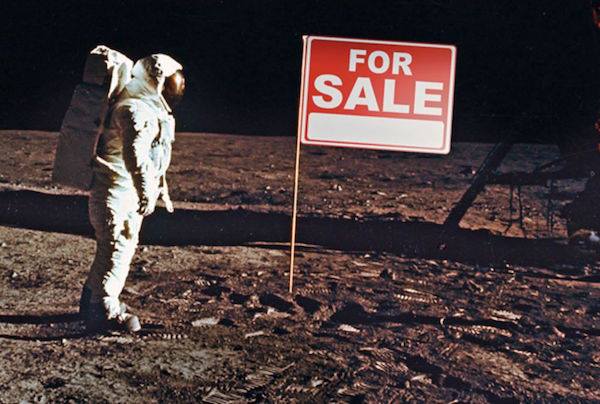
Have you heard of Dennis Hope? How about The Lunar Embassy of the Galactic Government—no? As space enthusiasts and investors, you really should be familiar with the infamous man who has spent nearly thirty years becoming Earth’s most successful interplanetary real estate agent. As (legitimate) terrestrial governments consider a return to the Moon and the establishment of permanent lunar settlements, however, Hope and his customers may soon face legal challenges from national space agencies and commercial ventures alike.
Read full details here: https://goo.gl/VoVoZz
Science fiction is plagued by the slow march of time. What might have looked sleek and futuristic ten or more years ago might today look fantastic-but-unrealistic at best, or silly and outdated at worst. But whatever the case may be, the bottom line is this: no speculative sci-fi, not even cyberpunk, survives contact with the time period it portrays.
Of course, the point of science fiction isn’t to make our best attempts at clairvoyance. In fact, one may argue that, since the genre’s birth, science fiction is more like a subgenre of fantasy; it draws upon concepts that are simply more plausible to modern sensibilities (and thereby more capable of suspending disbelief) than magic and sorcery. Early works within the genre depict grand feats of science unreachable by the technological constraints of the time period, (such as defeating death, traveling through time, or voyaging through space) and remain unfulfilled to this day. Even today, we make stories that stretch the truth of what humankind is capable of in our near future, enjoyable as they may be.

In what promises to be one small step for space travel, and one giant leap for the next generation of manufacturing, an Israeli startup is planning to land a vehicle on the moon that has crucial parts made using 3D printing technology.
SpaceIL is among five teams vying for Google’s $30 million in prize money to get a spacecraft to the moon by the end of March. One of the startup’s suppliers, Zurich-based RUAG Space, advised turning to 3D printing to manufacture the legs of its unmanned lunar lander. With financial stakes high and a tight deadline, SpaceIL engineers were at first deeply skeptical, according to RUAG executive Franck Mouriaux. They finally acquiesced after a lot of convincing.
NASA’s new X3 thruster, which is being developed by researchers at the University of Michigan in collaboration with the agency and the US Air Force, has broken records in recent test. It’s hoped that the technology could be used to ferry humans to Mars.
The X3 is a type of Hall thruster, a design that uses a stream of ions to propel a spacecraft. Plasma is expelled to generate thrust, producing far greater speeds than are possible with chemical propulsion rockets, according to NASA.
A chemical rocket tops out at around five kilometers per second (3.1 miles/sec), while a Hall thruster can reach speeds of up to 40 kilometers per second (25 miles/sec).
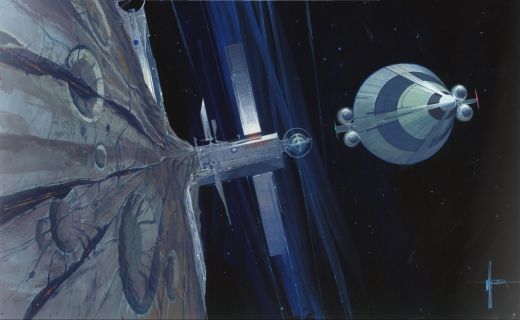
Centauri Dreams returns with an essay by long-time contributor Alex Tolley. If we need to grow a much bigger economy to make starships possible one day, the best way to proceed should be through building an infrastructure starting in the inner Solar System and working outward. Alex digs into the issues here, starting with earlier conceptions of how it might be done, and the present understanding that artificial intelligence is moving at such a clip that it will affect all of our ventures as we transform into a truly space-faring species. Under the microscope here is a company called SpaceFab, as Alex explains below, and the potential of ISRU — in situ resource utilization. Emerging out of all this is a new model for expansion.
by Alex Tolley
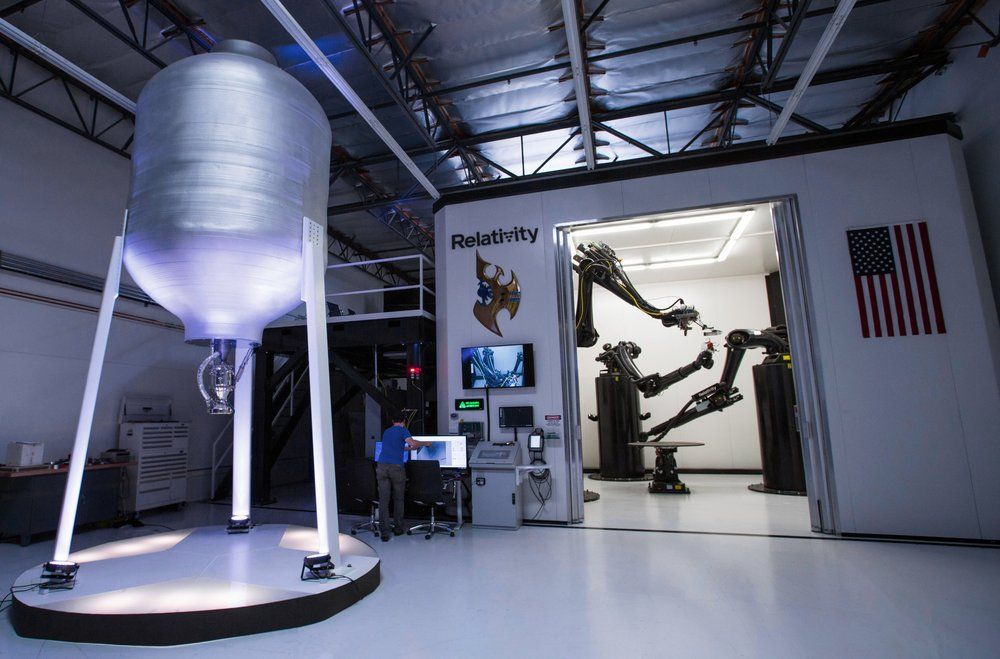
Based in Los Angeles, Relativity Space is developing a new 3D printer for, “scaling and sustaining an interplanetary society”.
Since founding in 2015, Relativity Space has received $10 million in funding – with backers including Mark Cuban and Y Combinator.
The company promises that 3D printing will allow them to go, “from raw material to flight in less than 60 days” and claims their Stargate 3D printer is, “the largest metal 3D printer in the world.”